I recently returned to my home-state of Tasmania for a visit and if you’re following me on Instagram you would have seen lots of sneak peeks of what I got up to. But even if you didn’t, no need to worry because I am going to be writing all about my favourite new and old places in Tassie! One of the things I most wanted to do while I was back in Tassie (aside from catching up with friends and family) was put together a guide on where to see Tasmanian Devils, and visit some of the nature parks where you can. My guide on all the best places to see Tassie Devils is also available here, but today I am going to take you on a tour of the first place I visited to get up close and personal with some devils; the Tasmanian Devil Unzoo!
*I was a guest of the Tasmanian Devil Unzoo for this visit, but all thoughts and opinions are my own and I would absolutely, without agenda, recommend this place to anyone visiting Tasmania and looking to meet some native wildlife!
The Tasmanian Devil Unzoo
I’m sure you’re wondering, “Kristy, what the heck is an Unzoo, anyway?” Well, I wondered that too. Now I have actually been to the Unzoo twice in the past, but back then it was known as the Tasmanian Devil Park. Then it became the Tasmanian Devil Conservation Park and finally, the Tasmanian Devil Unzoo. The name ‘Unzoo’ came about when two zoo design consultants were talking with a colleague about the future of zoos. Instead of simply exhibiting animals in enclosures for the entertainment of people, the Unzoo tries to create more natural habitats where cages and barriers are removed or concealed. Wild animals are also encouraged to interact with the environment along with the resident ones. Nowadays the Tasmanian Devil Unzoo is a ‘wildlife nature experience’ which includes up-close and personal encounters with native Tasmanian animals, conservation programs, a Tasmanian native garden and original artwork on display, like the below painting which features the footprints of actual baby Tasmanian Devils!
The property that is now the Unzoo was once a farm and you can still see features of this such as the Pear trees left over from the orchards. One of the Tasmanian Devil enclosures is also located in the old farmyard where you can see old farm equipment lying around. The property also features a freshwater creek and backs onto Norfolk Bay where you can see local seabirds and possibly other wildlife!
Native Tasmanian Wildlife
The Tasmanian Devil Unzoo is home to many different native Tasmanian animals, not just Tasmanian Devils. You can see Cape Barren Geese, Forester kangaroos, Red-necked wallabies, Tasmanian Pademelons, Eastern Quolls, native birds such as Rosellas, Honeyeaters and Tawny Frogmouths, possums and occasionally wild Echidnas, sea birds and other native wildlife. One of the highlights is definitely being able to get very close and personal with kangaroos, wallabies and pademelons, during their hand-feeding times.
The kangaroos and wallabies are in a very large enclosure and will come up and be hand-fed special pellets twice a day. They know they are in no danger from the humans here, so it’s quite lovely to see them hopping over en masse, and then have them very gently eat from your hand. You can pat them as well, although they prefer to be patted on the neck or chest, and love a good chin-scratch!
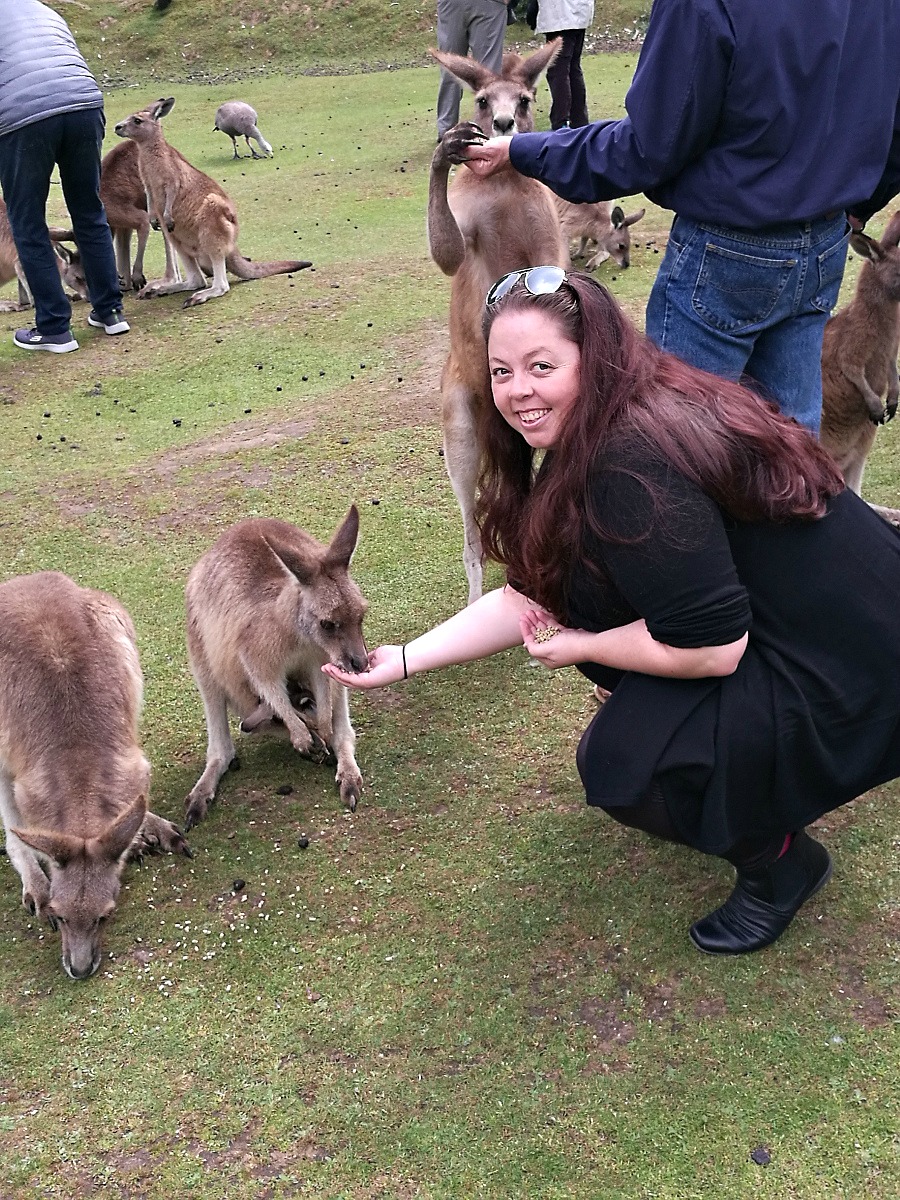
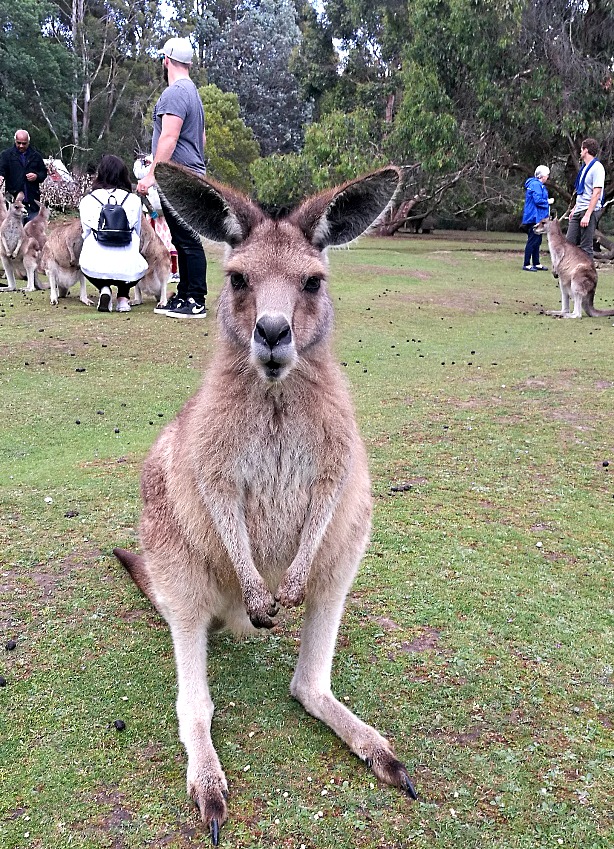
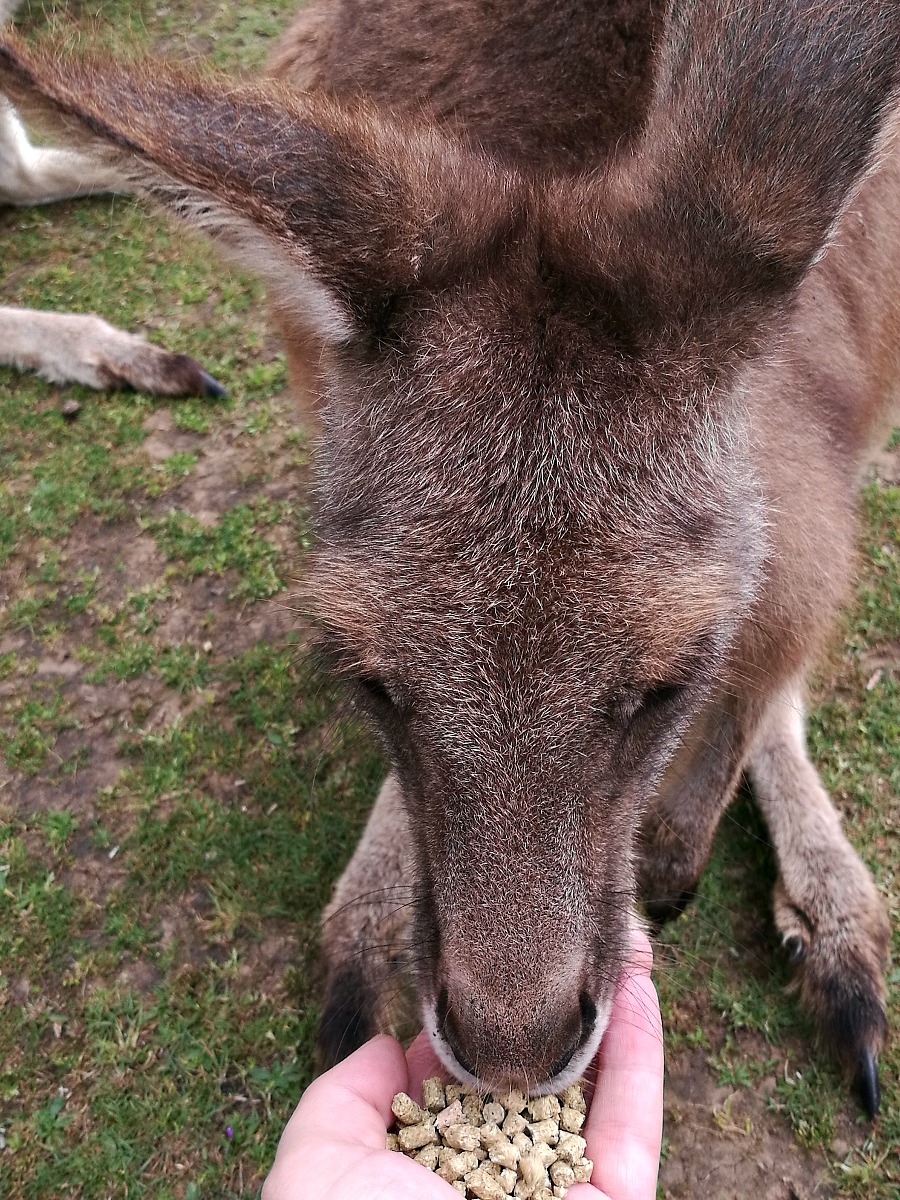
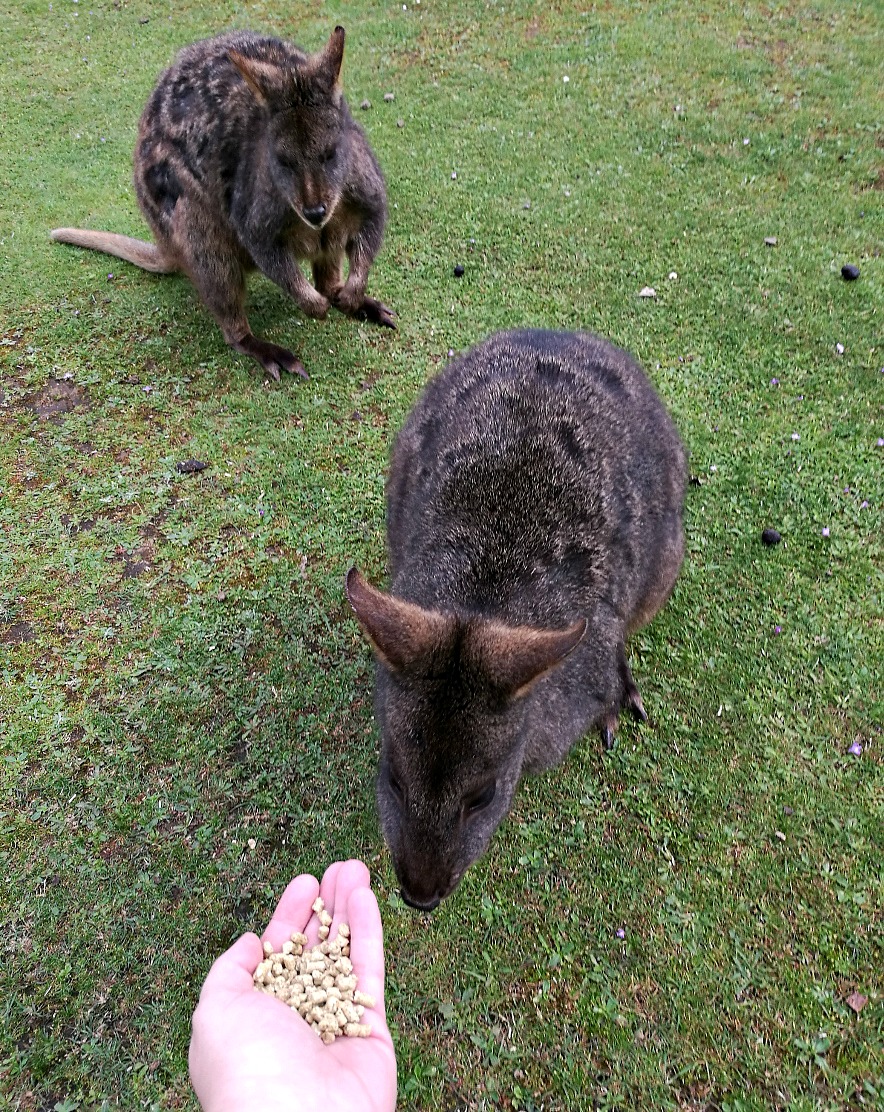
It was also lovely to see some of the kangaroos had young joeys in their pouches!
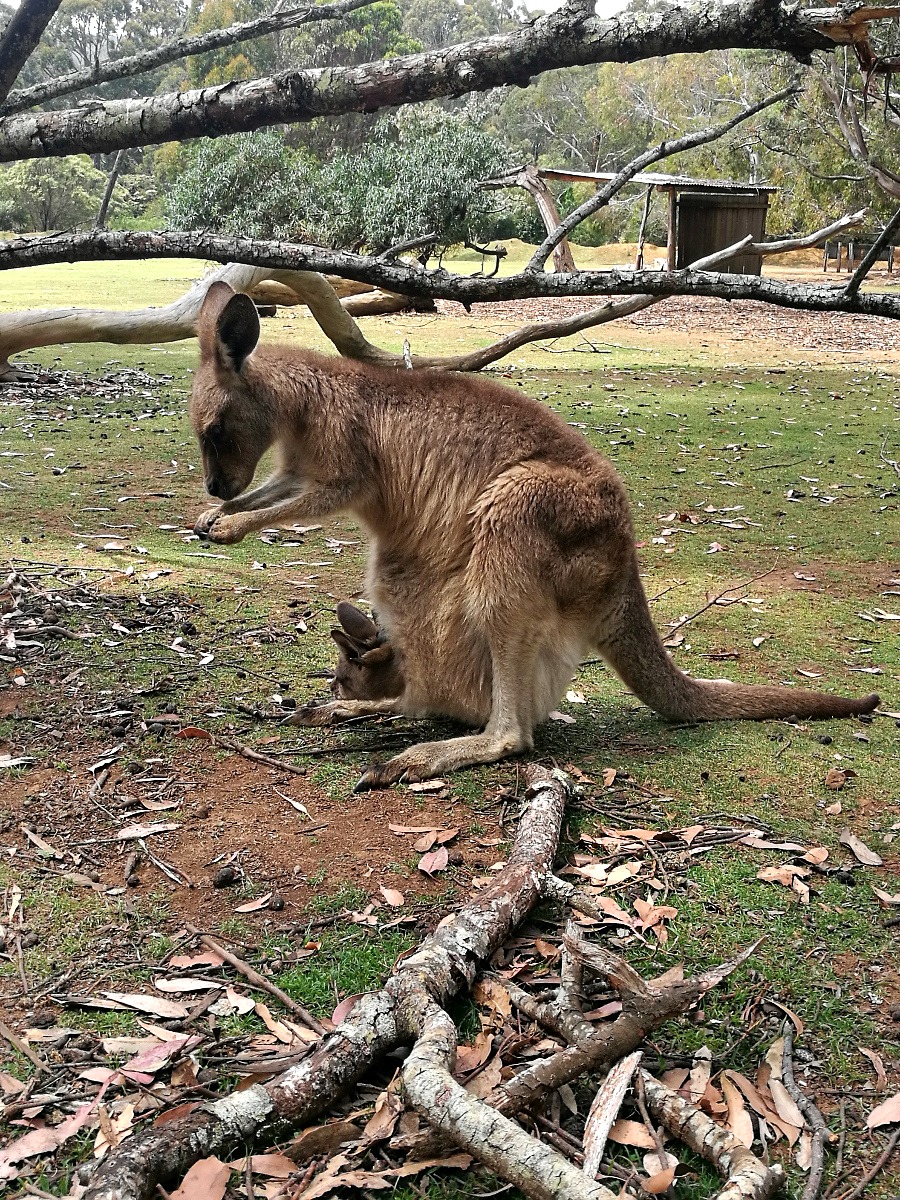
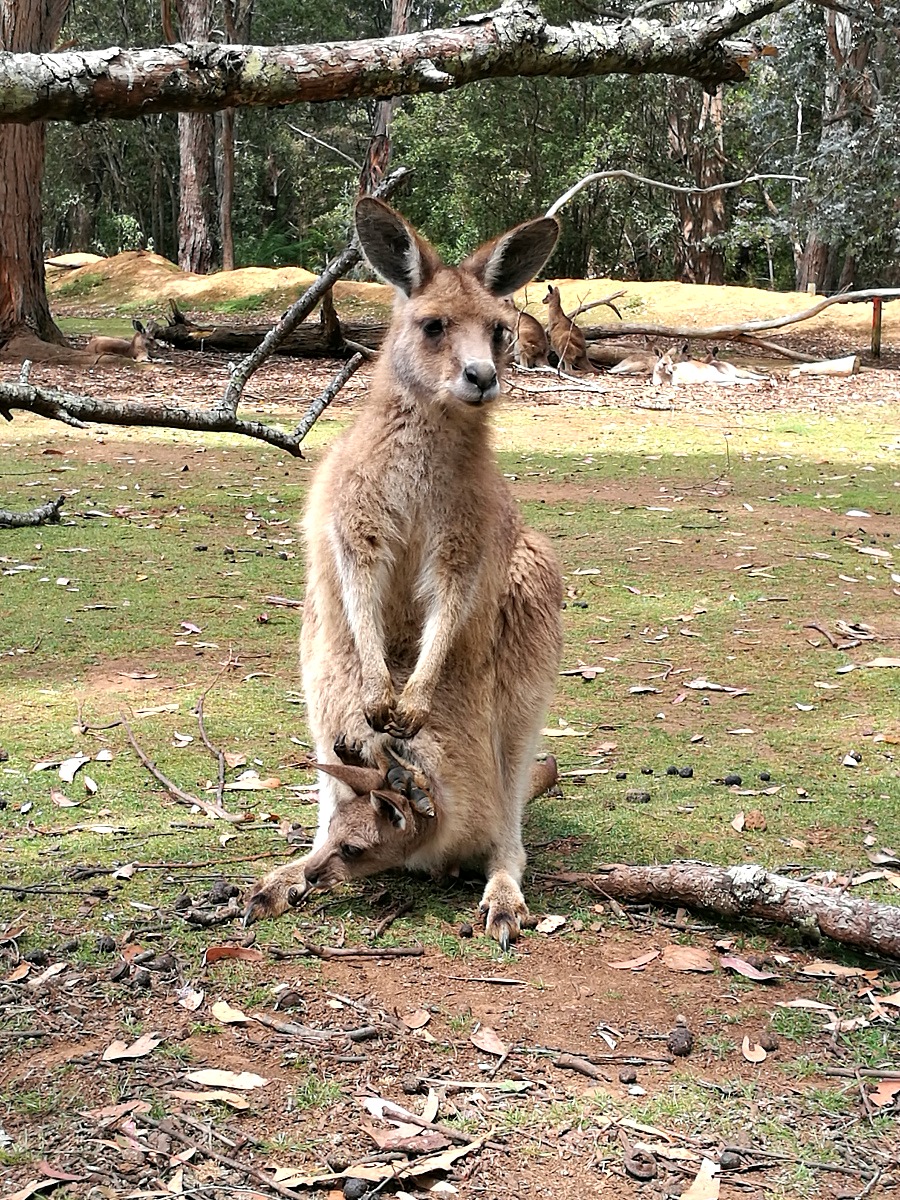
We fed them both at their morning feeding time and the afternoon one, and while they were a bit reluctant to get up from napping in the afternoon, once they started they were just as hungry as in the morning! They were very tame and curious, but I wasn’t successful at getting a selfie with one.
How cute is the photo below on the right with my Gran in the background?! I think she was looking at another roo just out of the shot.
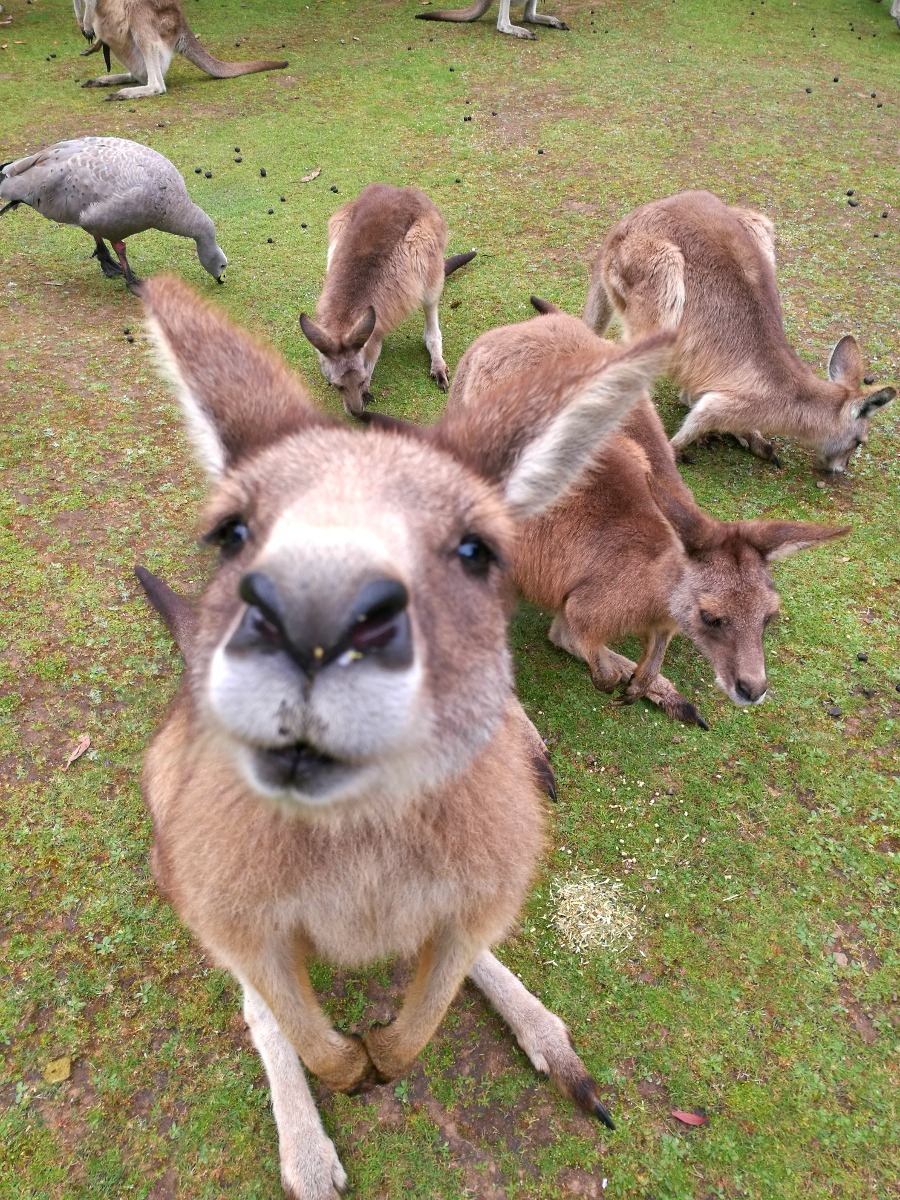
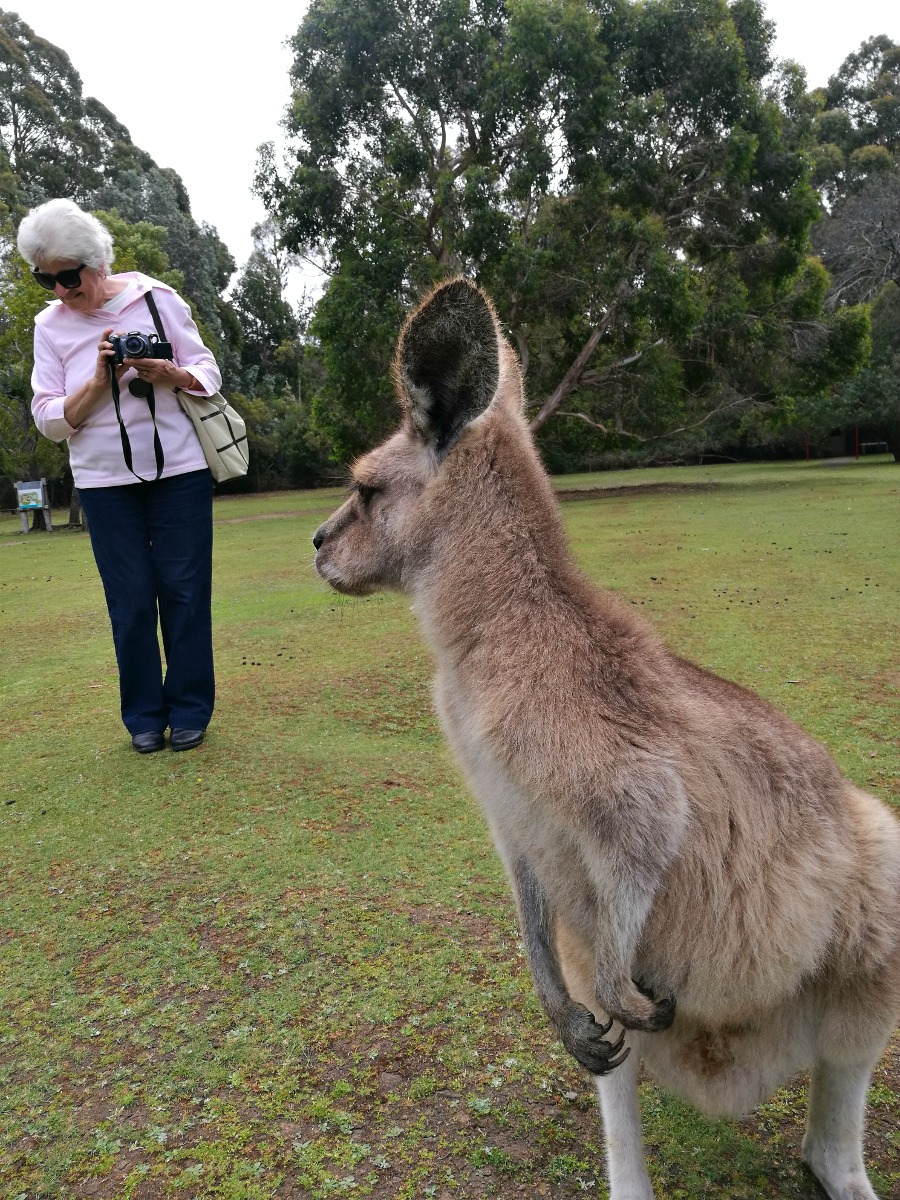
The Cape Barren Geese were a little warier than the Kangaroos, but would still eat from your hand!
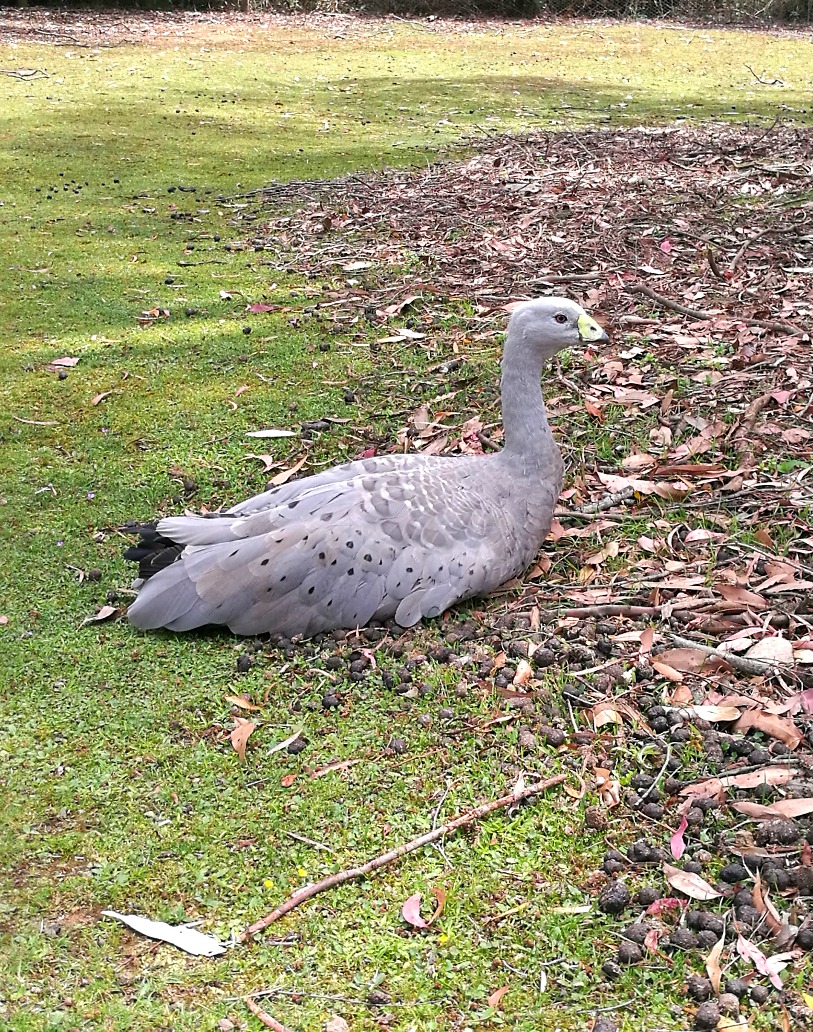
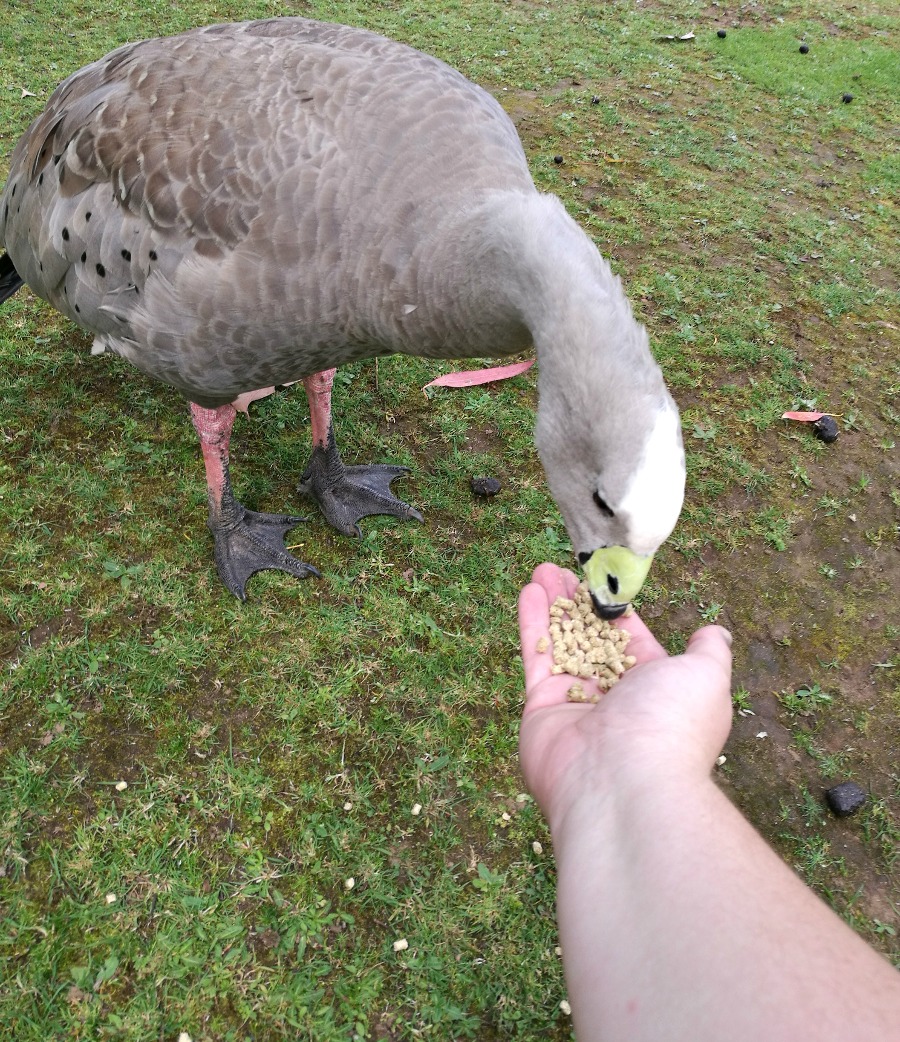
We also got to see some Eastern Quolls being fed. While they seem to be in a big cage it is only temporary while their new (much bigger) enclosure is being built. Quolls are very small and cute, and actually one of the Tasmanian Devil’s closest relatives. They used to be called native cats and were also found on mainland Australia, but now they are only found in Tasmania. There was a brown one and black one and they were so lovely!
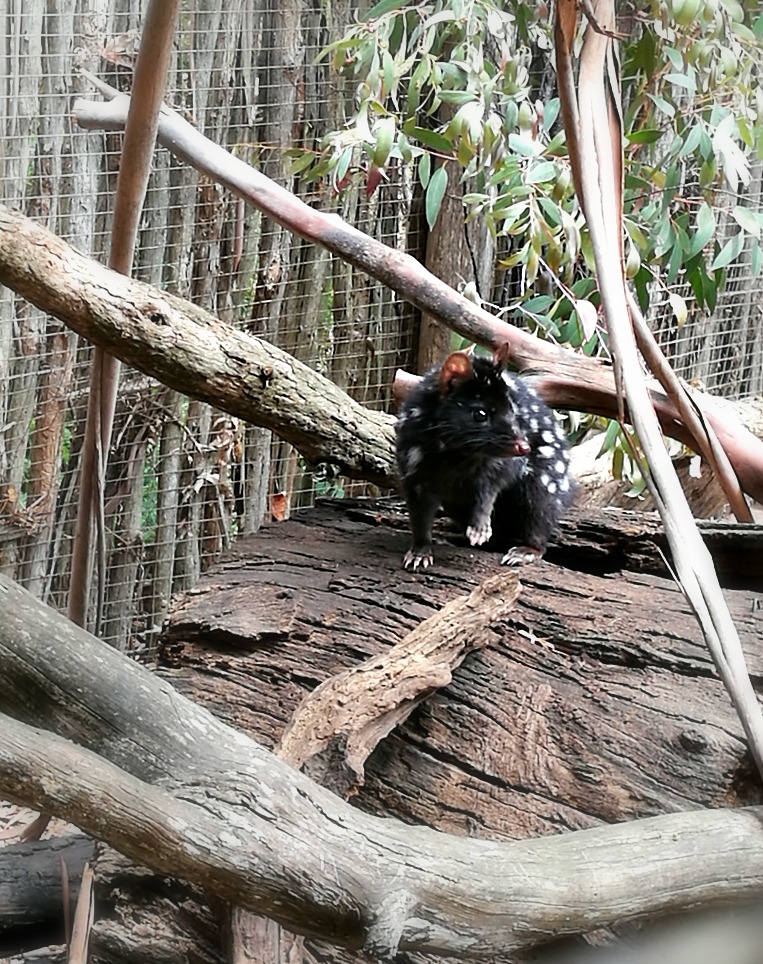
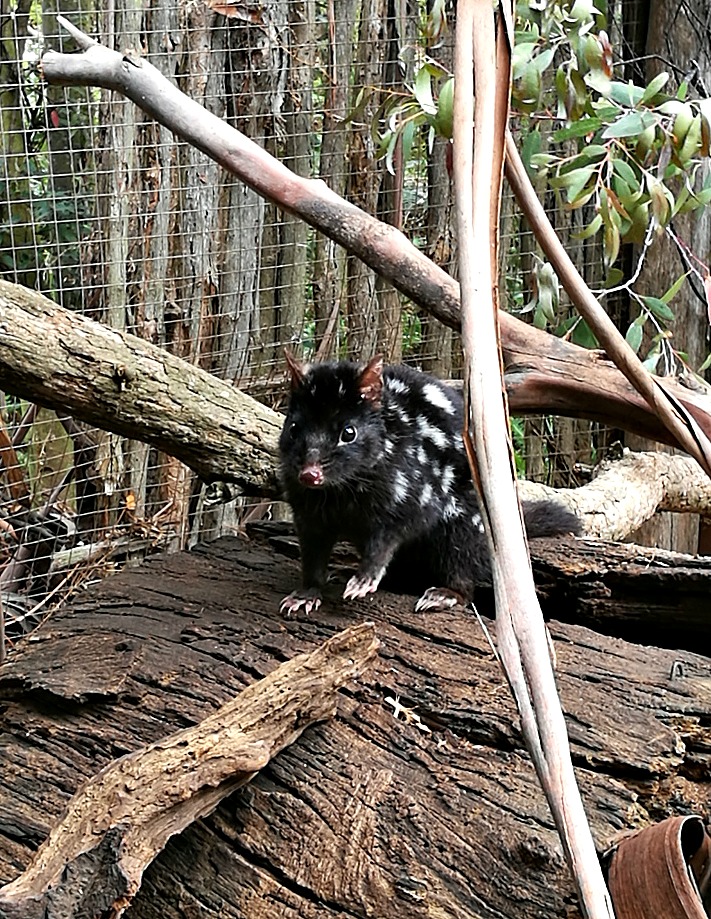
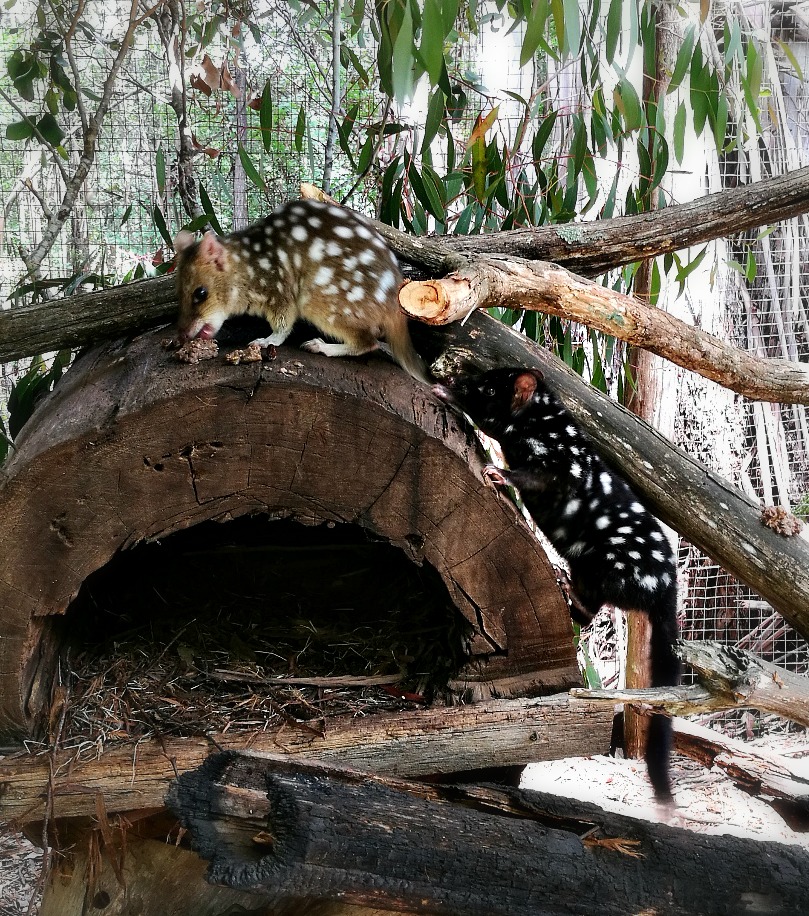
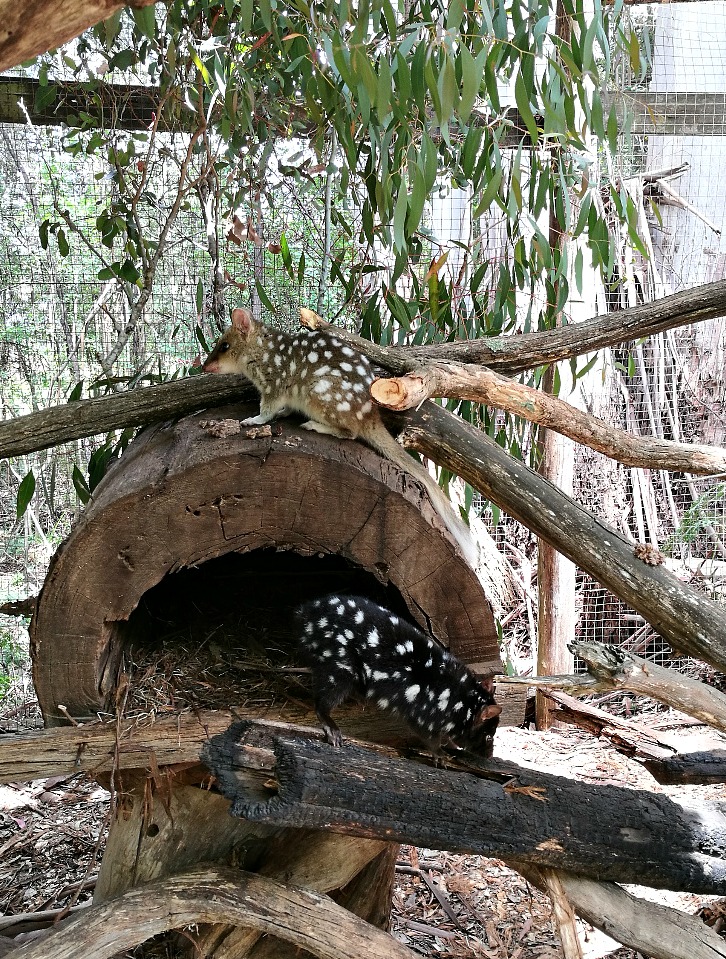
We also saw a number of different native birds. We joined a tour that walked through some bushland down to the edge of Norfolk Bay where a large Pacific Gull came to eat some free fish. Apparently, some Sea Eagles live in the area and often come by at that time but unfortunately, they didn’t on that day. It’s lovely walking amongst the natural bushland, and we saw some of the nesting boxes that have been fixed to trees for local possums. There was a little Ringtail possum asleep inside one of them, but I couldn’t really get a photo.
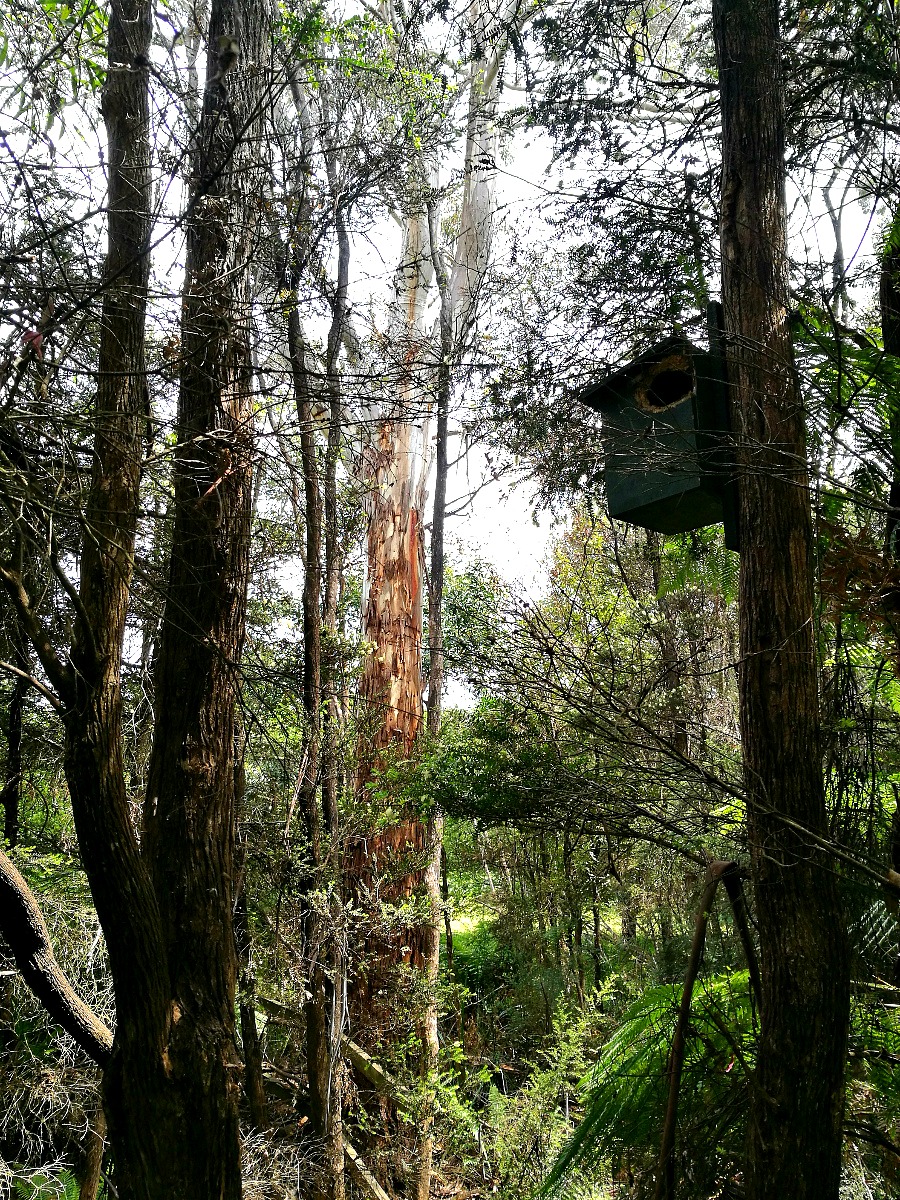
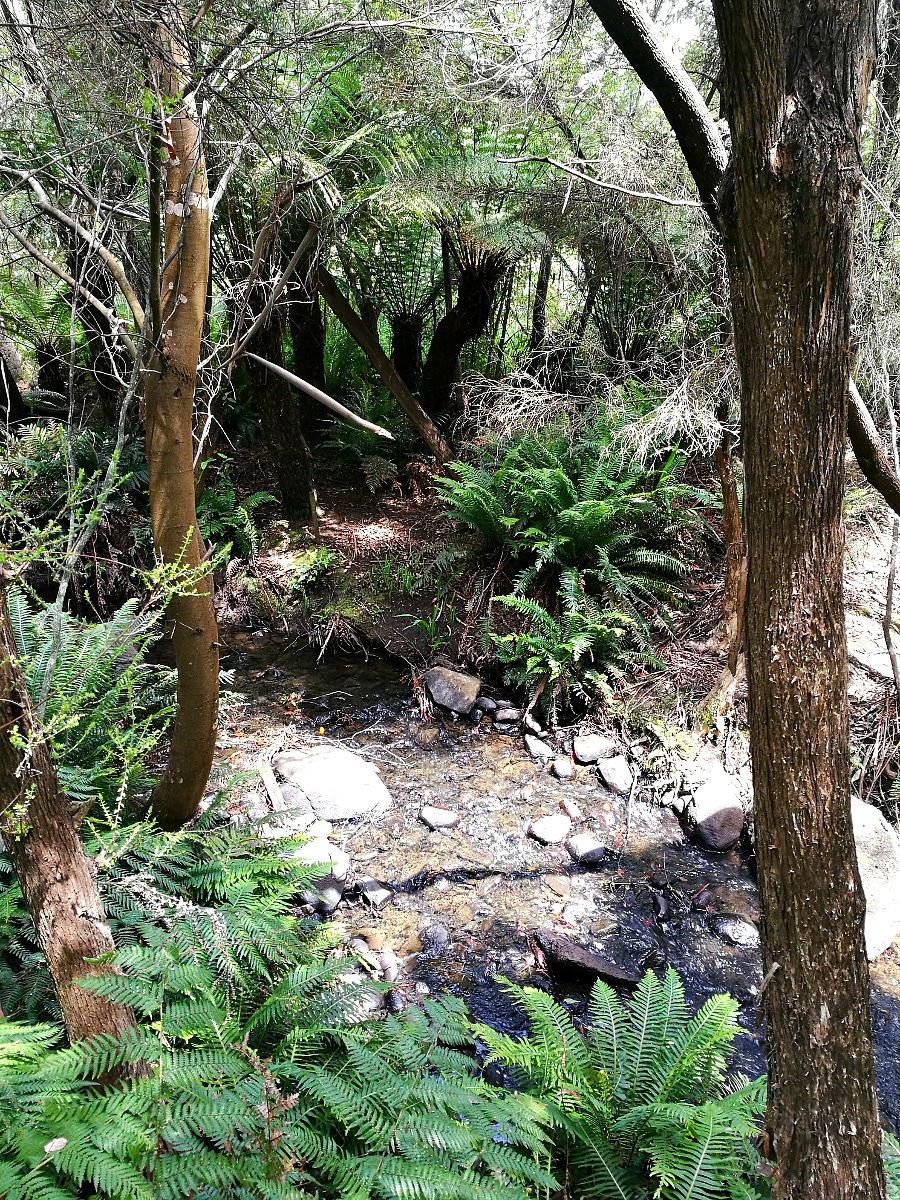
We saw some native Honeyeaters and also one green Rosella came to be fed. These birds are wild but by placing food at a specific location at the same time each day, and ringing a bell or hitting a stick the staff at the Unzoo encourages the local wildlife to come around for a visit in exchange for some free food.
There was also a Birds of the Bush presentation by one of the owners of the Unzoo, John Hamilton. He introduced us to a little Tawny Frogmouth, a native bird often mistaken for an owl, although it’s not! My family and I have often seen Tawny Frogmouths in my grandparents’ garden, but I never knew before how they hunted, thinking they just did it on the wing like owls. But apparently, they simply sit with their mouths open and the yellow colouring inside looks a bit like a moon, so bugs come to it and then they just eat the bugs! Ingenious little things.
They are also masters at camouflage, you often don’t even notice if they are sitting right in front of you. It’s sitting in the bottom right of the below photo.
The Devils
Of course, since my blog is TASSIE DEVIL Abroad, I was most excited to be seeing the devils! Tasmanian Devils are awesome little animals. They are marsupials like kangaroos, koalas, wombats and quolls, meaning they carry their young in a pouch. They are well-known for their ferocious sounding screams during feeding, and this is why the white settlers in Tasmanian named them devils! About the size of a small dog or large cat, they are a little ungainly looking when they move, rather similar to hyenas. They’re also similar to hyenas in that they are scavengers rather than hunters, and they mostly eat carrion. They have incredibly strong jaws for their size and when eating they consume all parts of a carcass, skin, hair, bones and everything! But as they have rather poor eyesight they rarely hunt, instead relying on their smell to find dead or injured wildlife, and their hearing to hear when other devils are feeding and join the feast. Most people probably know of Tassie Devils because of the Loony Tunes character Taz, although he looks nothing like a real devil, and they don’t spin in circles! They do, however, make a hell of a racket while feeding, often fighting and also working together when they pull the pieces of meat in order to break it apart. As weird and ferocious as they might look and sound, they are also very cute.
The Tasmanian Devil Unzoo has four separate areas where you can see their devils, and we visited each of them during the day. As they are nocturnal they are usually sleeping but the staff feed them during visiting hours so that you can see them up close and alert. They obviously know their feeding times because each time we went near their enclosures close to it they were moving around and waiting for their food. We visited the two females in the Fern Forest here and while our guide was telling us about them they were impatiently pacing, staring at him and sniffing the air as if to say “Hurry up and give us the meat!”
Each of the enclosures we visited were very large, with lots of different places for the Devils to move around, explore and stay out of sight if they wished. In accordance with the ethos of an ‘Unzoo’ they were as close to natural as they could be, while still allowing visitors to see them as closely as possible. While a Devil won’t generally attack something as large as a human, you shouldn’t ever be sticking your hand in an enclosure as a bite can crush bones! Looking at their wet little noses and big ears it’s hard to think of them as vicious, but hearing them contentedly crunching on bones reminds you not to tempt them.
The two males in the photo below were in the “Inside Out Unzoo” enclosure; which had been rebuilt to put the humans in the old animal enclosure part and the devils in the more open and natural area. There are some small glass windows in the boundary which give you a great opportunity to get almost nose-to-nose with these male devils, who were basking in the sun when we first arrived.
In fact, I even discovered that these little windows, combined with a curious devil, made the perfect opportunity for me to get a selfie with a Tasmanian Devil! Obviously, the reflection in the glass detracted a little, but I still loved these photos with my curious new devil friend.
As well as this enclosure there is also “The Den” which includes “The Dome”; a tunnel you can crawl into and then pop your head up into a see-through dome in order to get very close to the devils, at their level! Unfortunately, the devils in this enclosure were not out and about, so I crawled into the tunnel and had a look at the dome anyway, but alas, no more devil selfies were to be made.
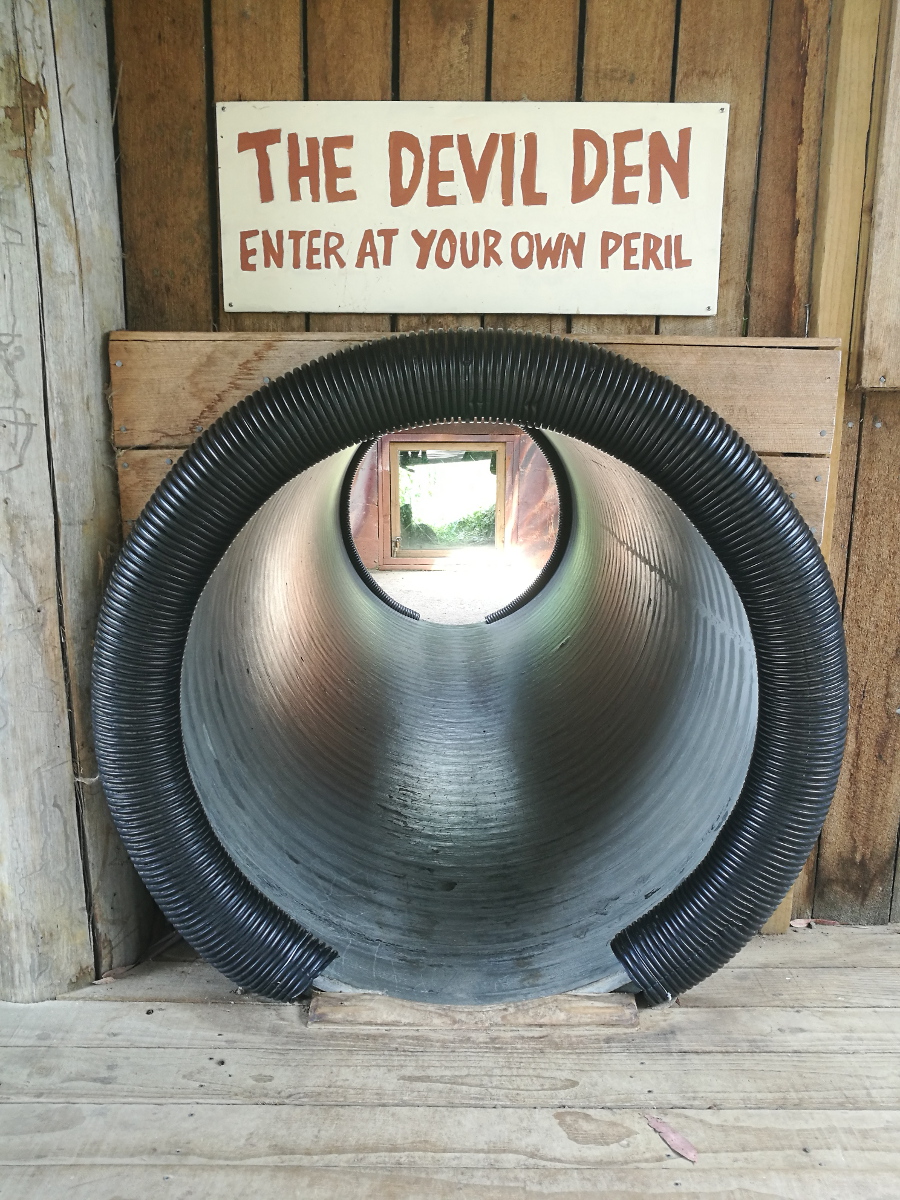
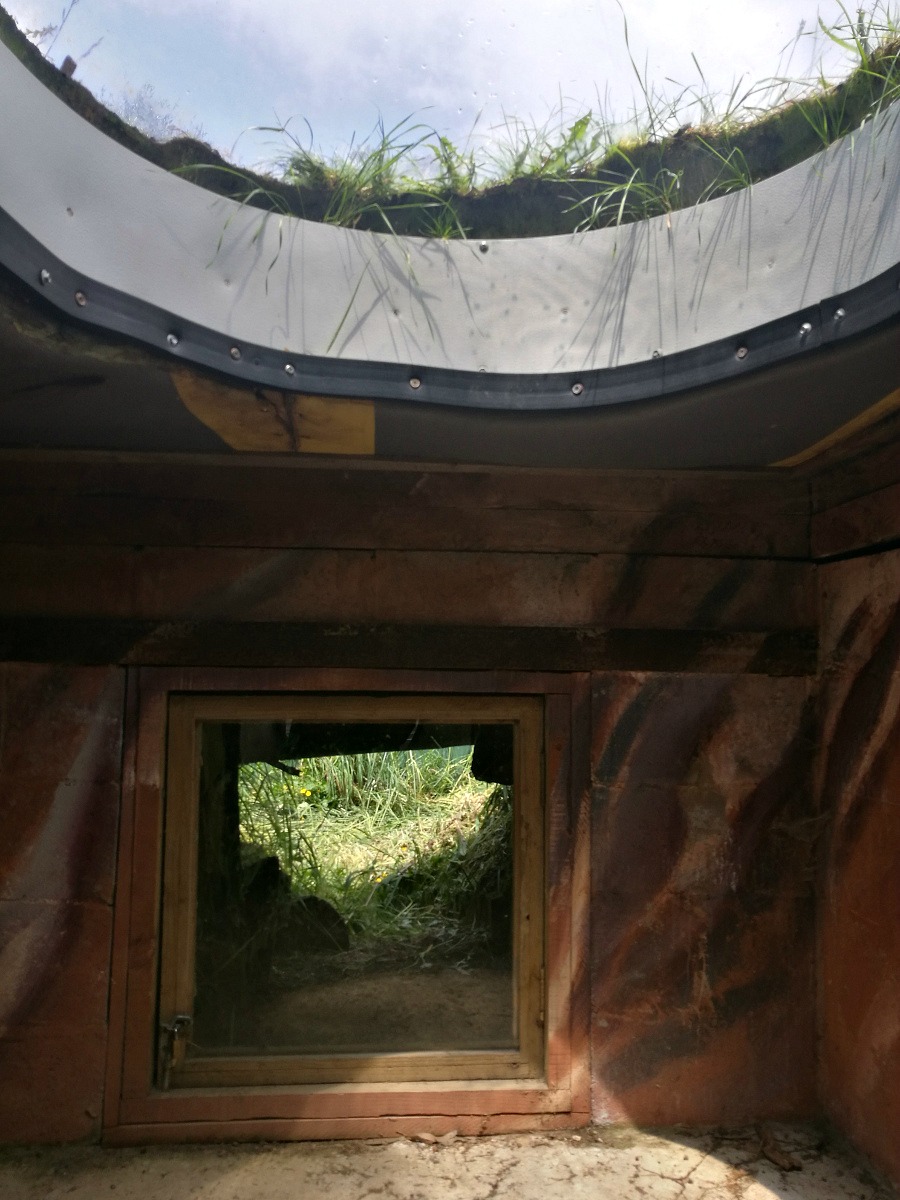
The final devil enclosure was the old farmyard, where we watched two older male devils chase each other around and tussle over their food, growling viciously all the while. While devils tug on their food to pull it apart they do also fight amongst each other, which often leads to a rather grizzled appearance in the older devils. Our guide told us that they often move their devils around if it seems that they aren’t really getting along too well. In the wild devils are mostly solitary, although they do come together for feeding, so this sort of behaviour at mealtimes isn’t uncommon.
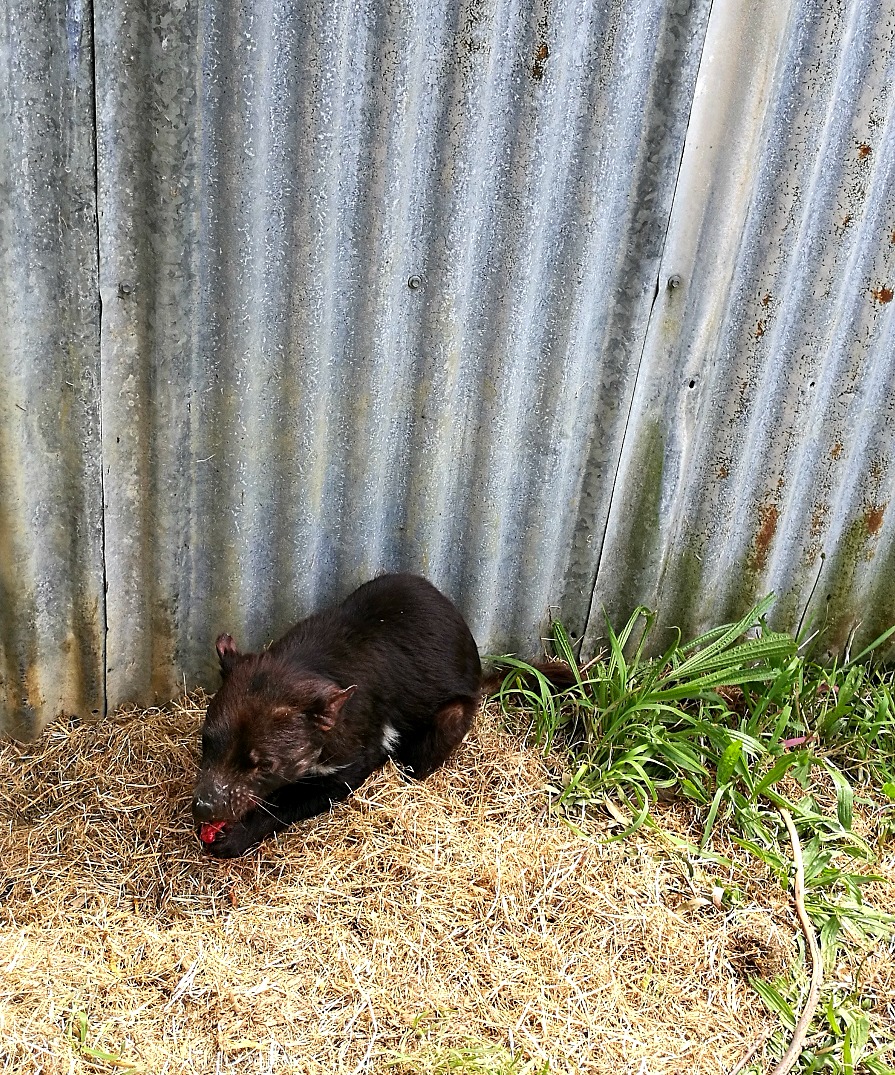
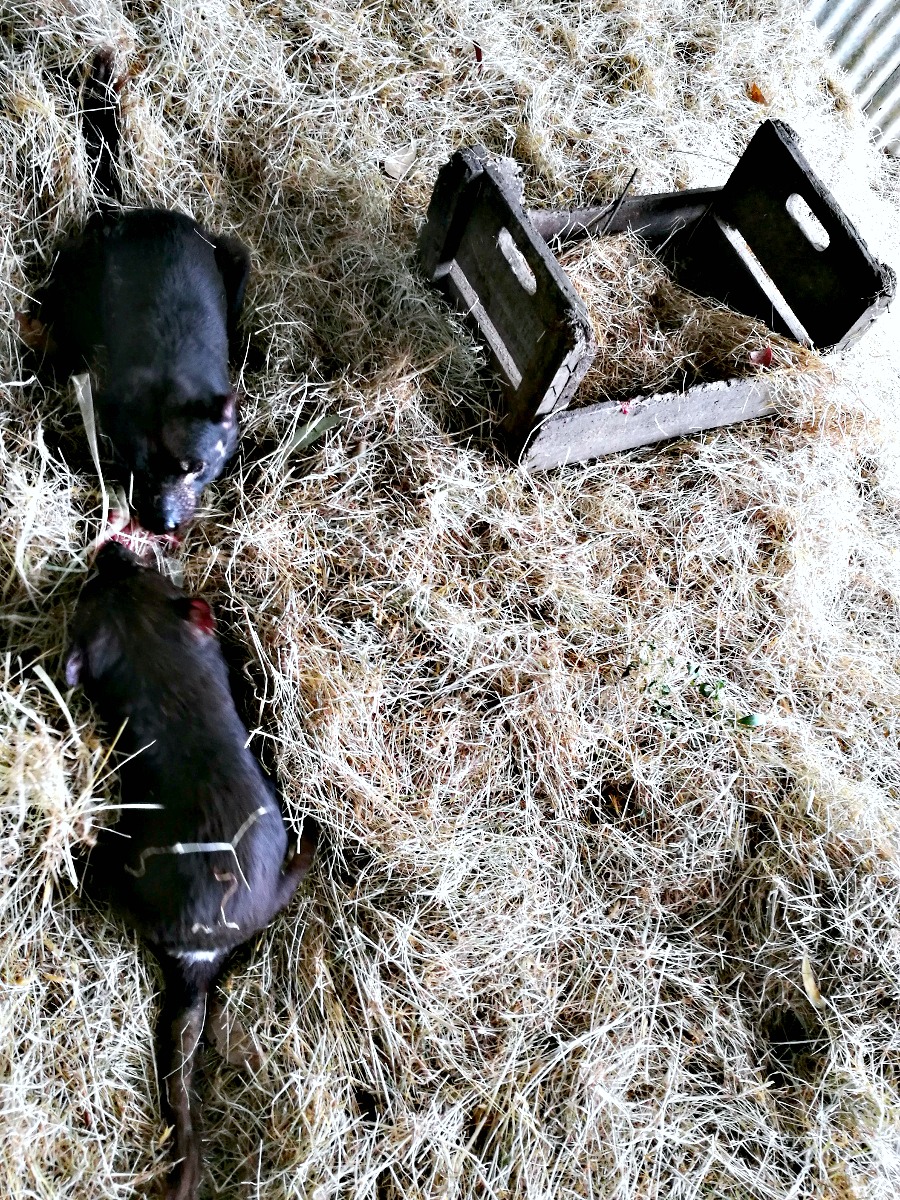
Devil Facial Tumour Disease (DFTD)
As you might already know, Tasmanian Devils are classified as endangered. One of the major reasons the wild population of Tasmanian Devils has been reduced drastically in the past few decades is the Devil Facial Tumour Disease. This is a type of cancer that is transmitted between devils by biting (which they do a lot of when feeding and mating). Once a devil is infected they develop lesions and lumps around the mouth and face, which become cancerous tumours that prevent the devils from feeding properly and cause them to die a slow and painful death by starvation, organ failure or infection. Once infected, they usually die within six months. So far, no devil has survived infection, no cure has been discovered and the disease has infected up to 80% of the wild population of devils. I haven’t included any photos of an infected devil as they are very upsetting to look at, but if you want to see the tumours and read more about the disease you can do so here.
Obviously, a lot of effort has been put into trying to save the Tasmanian Devil. Many healthy devils have been sent to zoos and nature parks around Australia and the rest of the world to ensure they don’t go completely extinct and can still be bred in captivity. Scientists are also working to find a cure for the disease, and conservationists, scientists and wildlife protection forces are taking measures to protect the devils in the wild that are still healthy. The wild devils living on the Tasman Peninsula (where the Tasmanian Devil Unzoo is located) are the last isolated, natural population of disease-free wild devils in the world. The Unzoo works closely with the Tasmanian Devil Conservation Project to help save the Tasmanian Devil. They do this by breeding healthy devils at the Unzoo to be released into the wild. They also help to maintain a special fence on the isthmus of the Tasman Peninsula which prevents the spread of DFTD into this disease-free area, and they monitor the local wild devils with their Devil Tracker Adventures.
How You Can Help
If you want to help save the Tasmanian Devil from extinction, there are lots of things you can do! If you are in Tasmania you can visit places like the Tasmanian Devil Unzoo, as they help to support the Tasmanian Devil Conservation Project with research, breeding programs and funding. By joining the Unzoo’s Devil Tracker Adventures you can also help directly monitor the wild devils which provides vital research to the conservation effort. If you are in Tasmania you can help protect devils by slowing down on country roads between dawn and dusk, as devils are most active during this time, and often to be found eating roadkill. There is also a GoFundMe Campaign set up by Tasmanian Devil Unzoo owner and founder John Hamilton, where you can donate money to help with the costs of a Night Owl alarm system designed to deter animals off the road when cars are coming. Read more about this system and campaign here. You can also read about and donate directly to the Save the Tasmanian Devil Program here. Let’s not let this world lose our lovely little Tasmanian Devils!
I hope you’ve enjoyed this little tour of my time at the Tasmanian Devil Unzoo. Don’t forget to check out their website if you are planning your own visit and let me know in the comments if you’ve ever seen a Tasmanian Devil in real life before! I’ve also created a guide to all the best places to see Tassie Devils in Tasmania, you can get it for free to your inbox by signing up below; stay tuned for more about my favourite places in Tasmania on the blog soon.
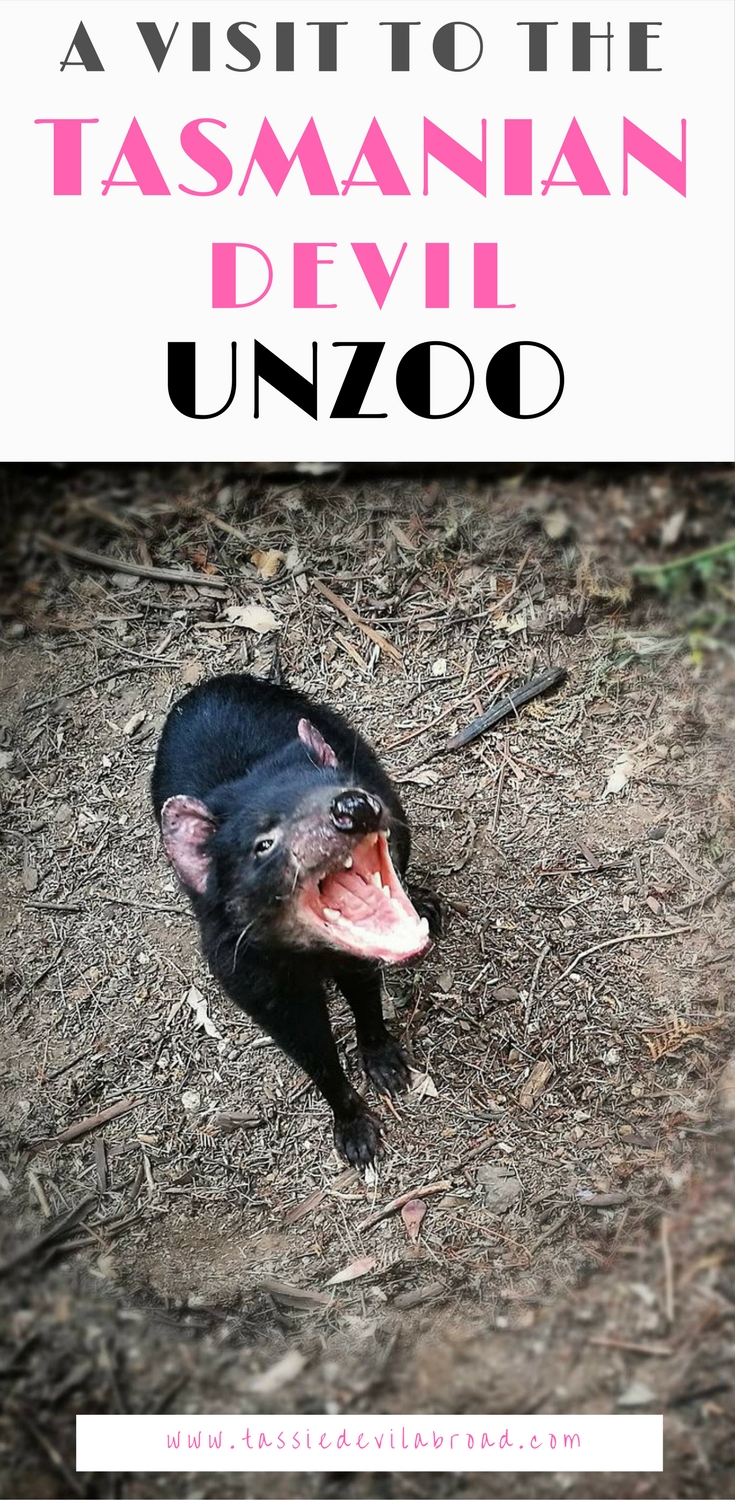
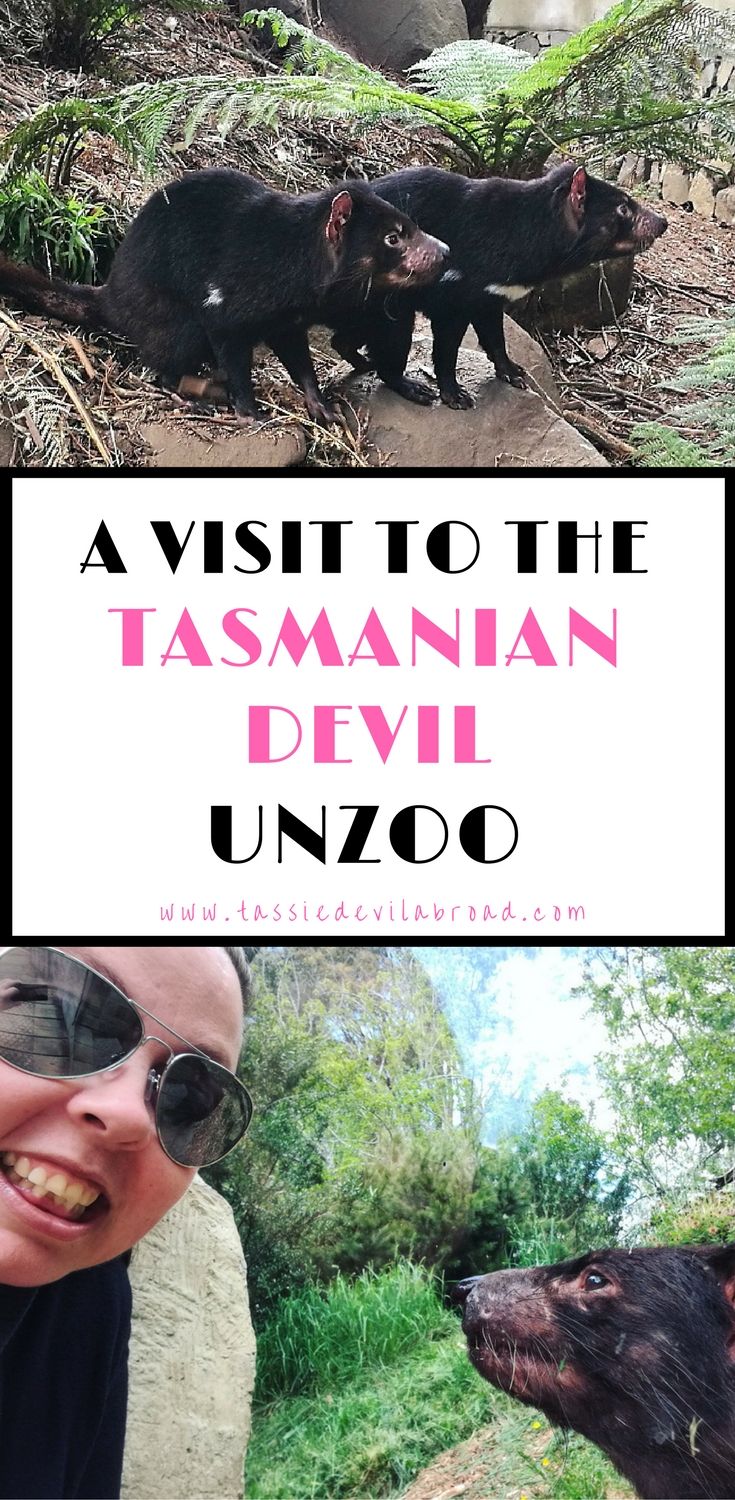
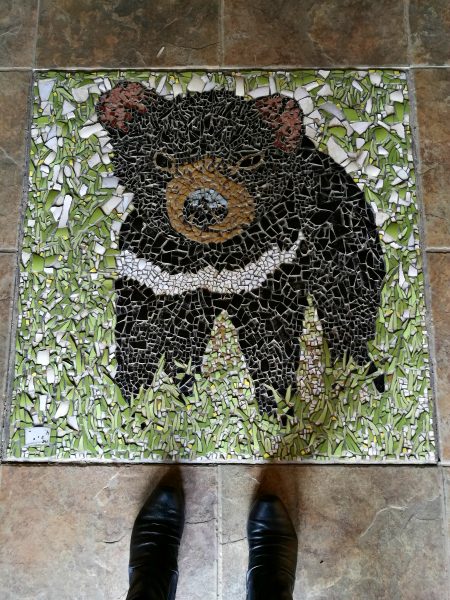
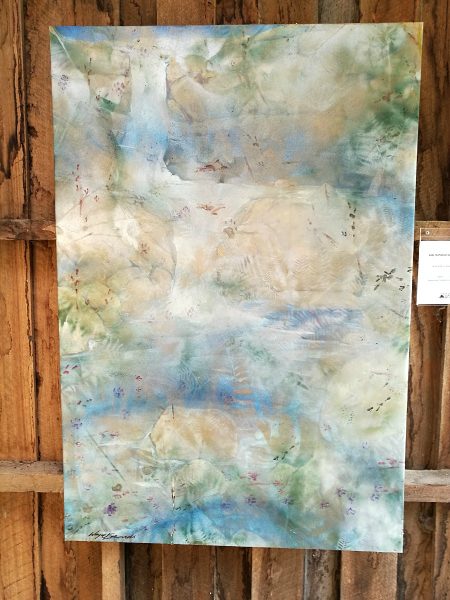
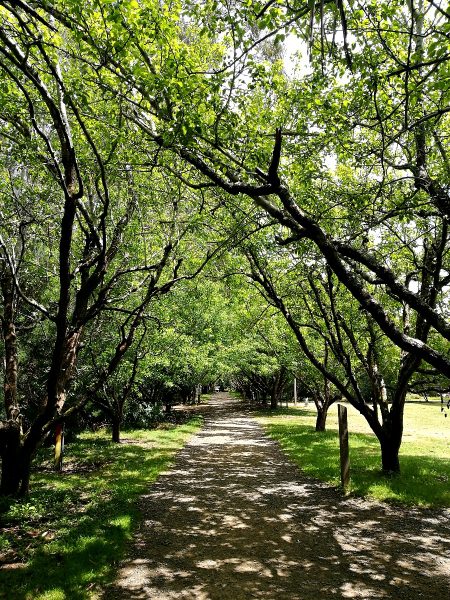
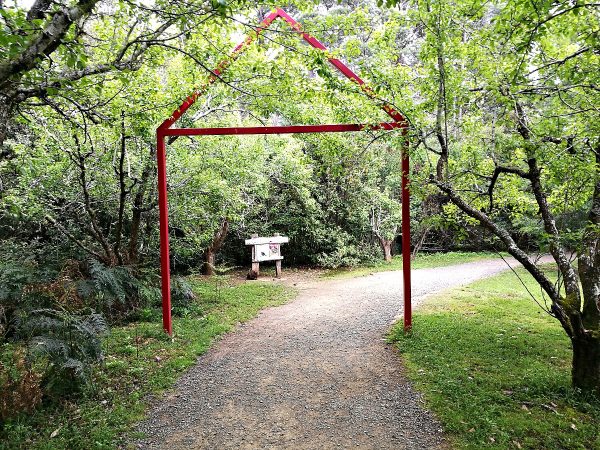
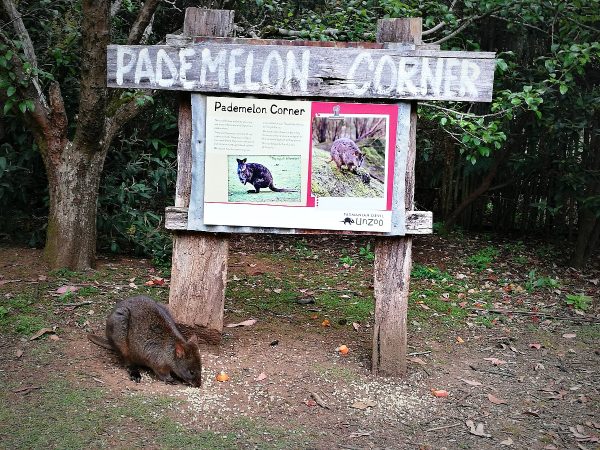
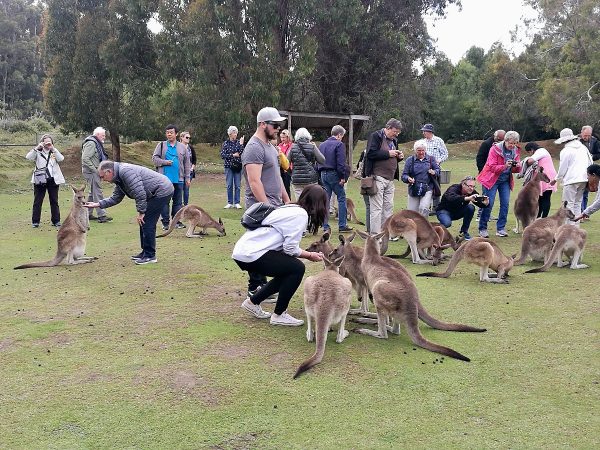
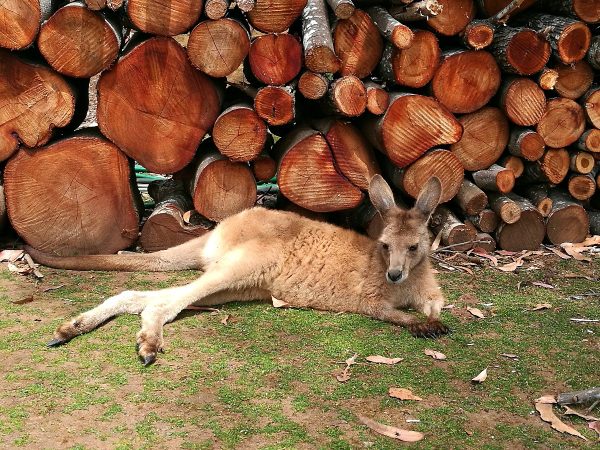
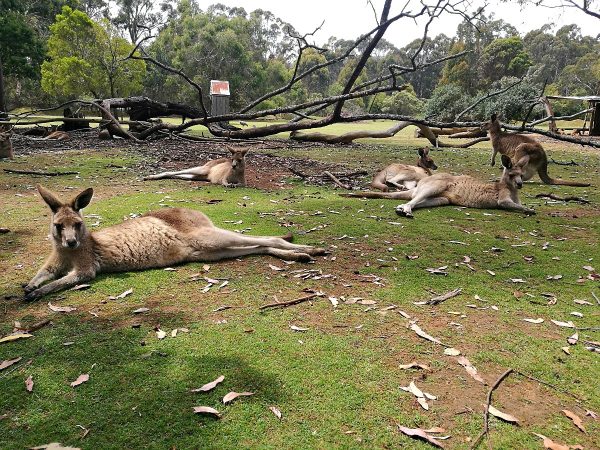
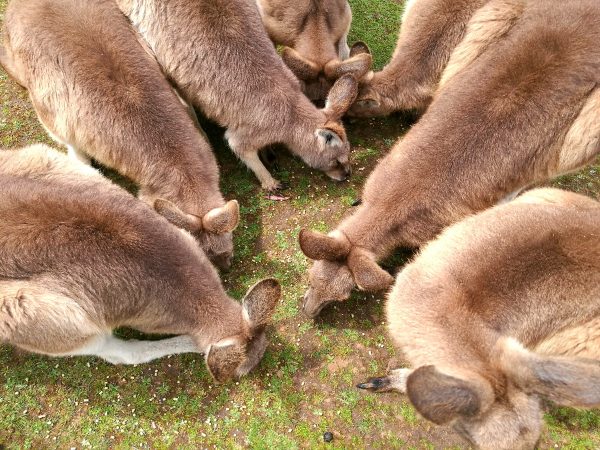
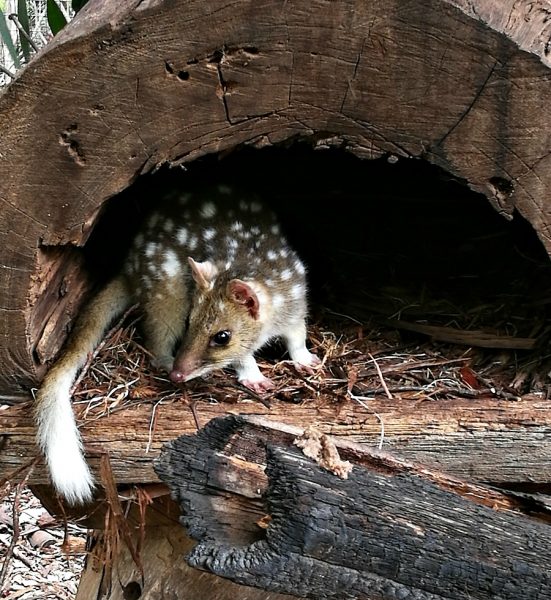
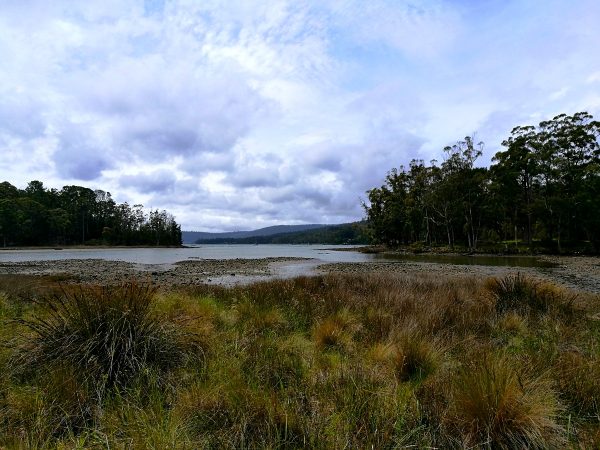
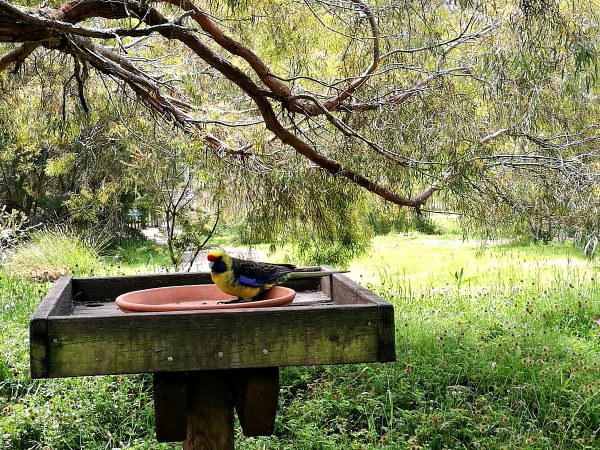
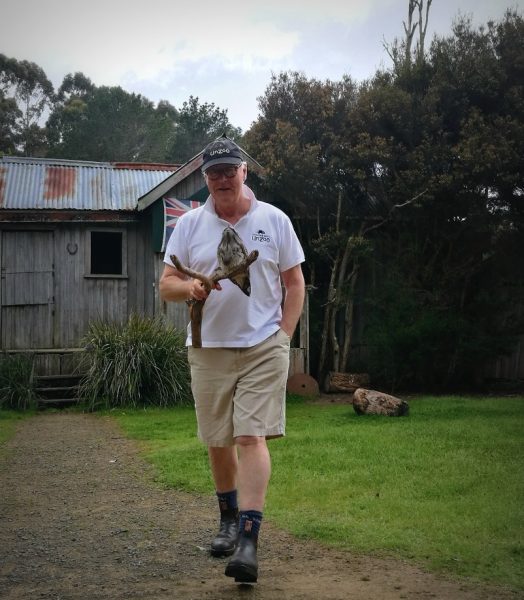
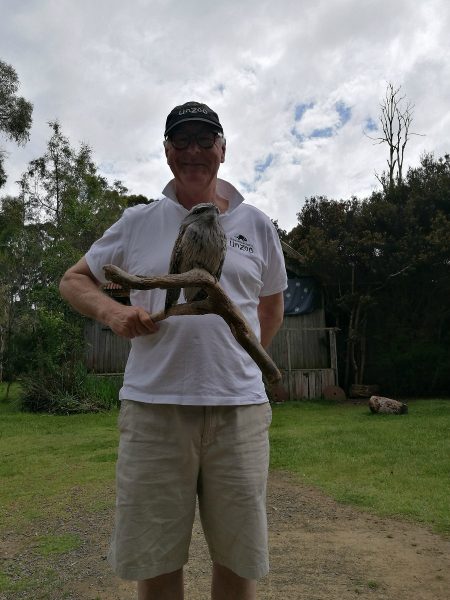
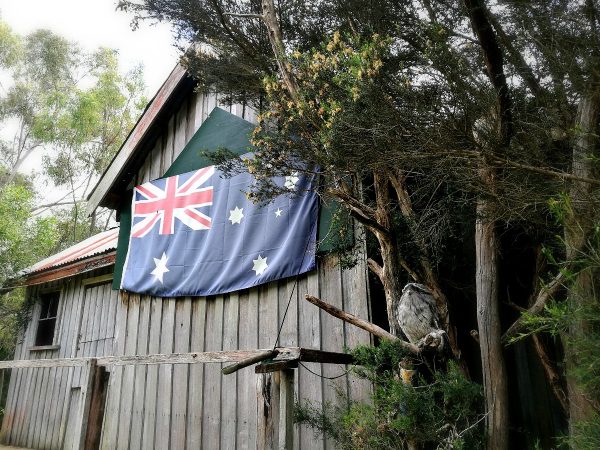
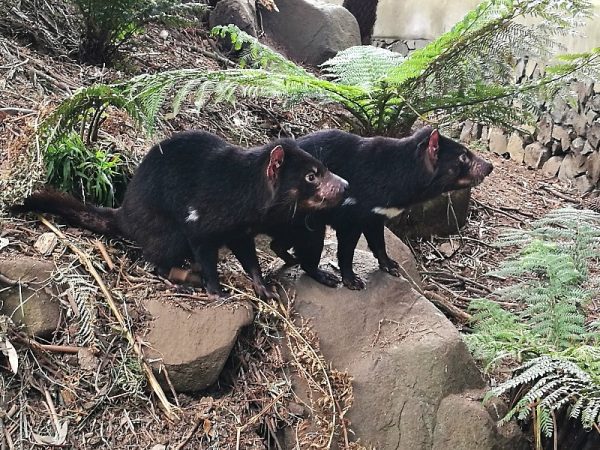
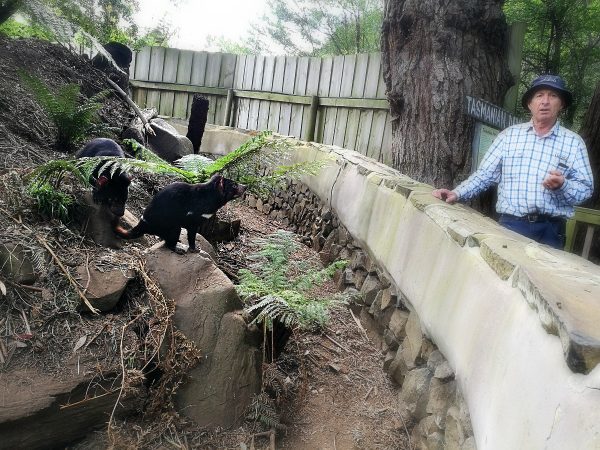
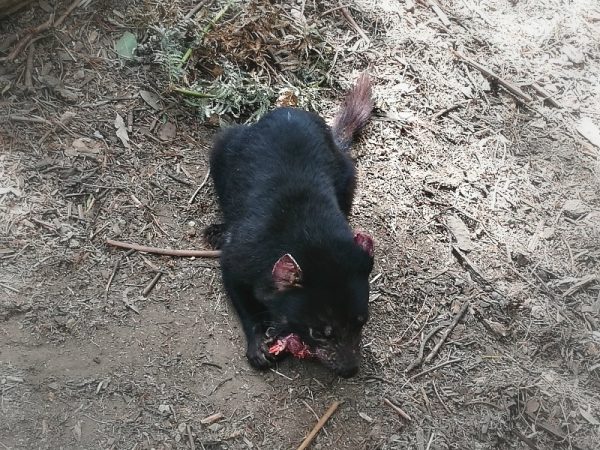
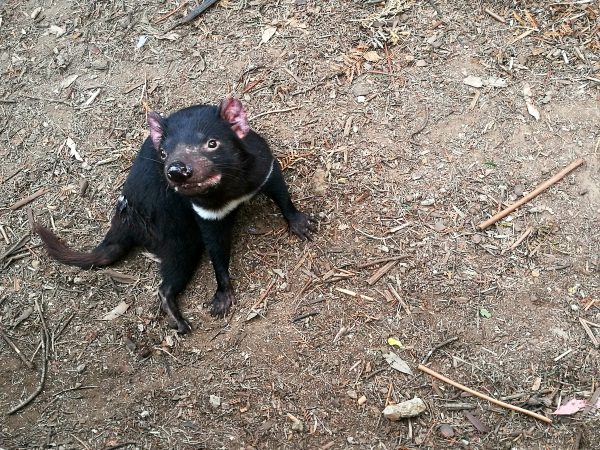
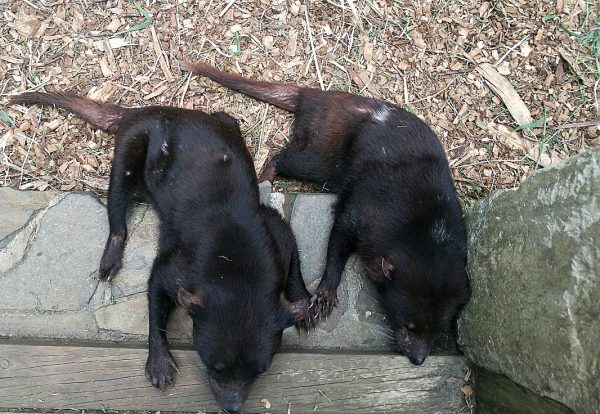
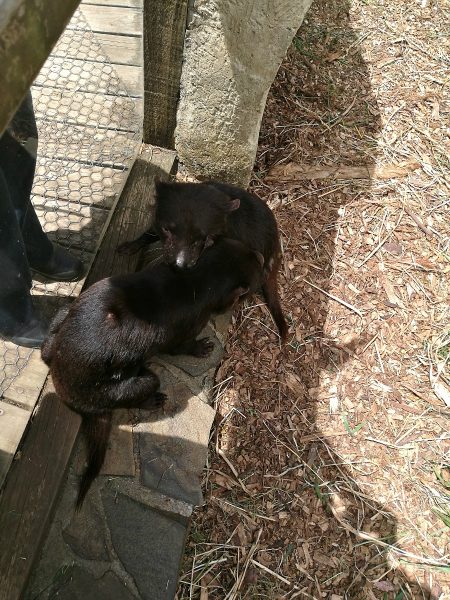
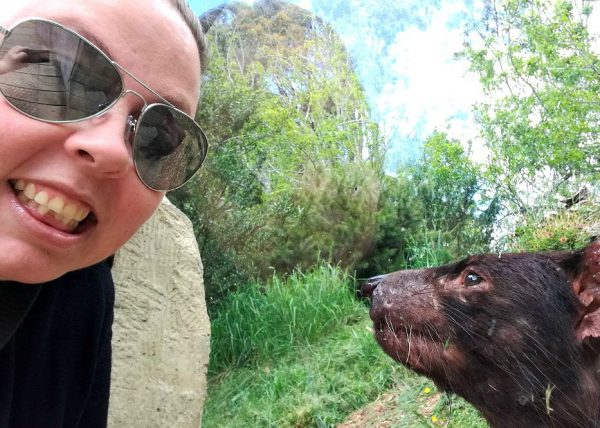
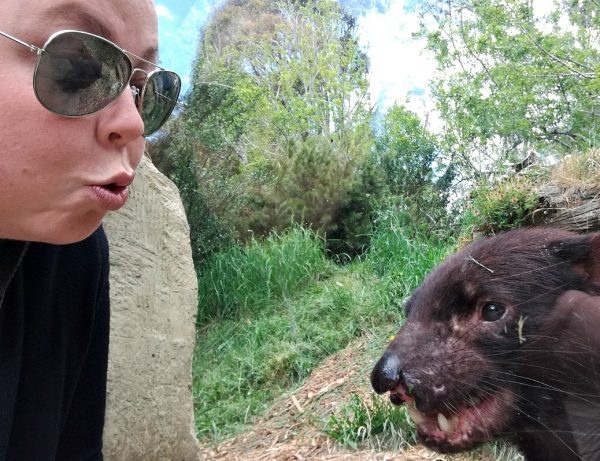
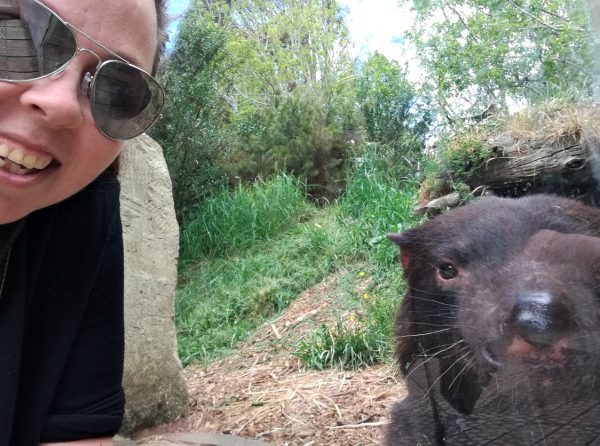
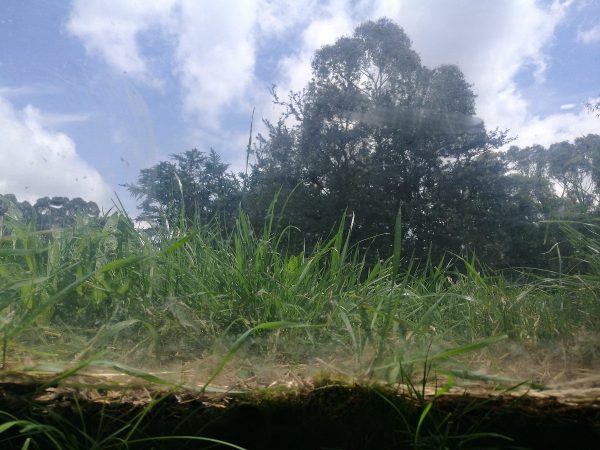
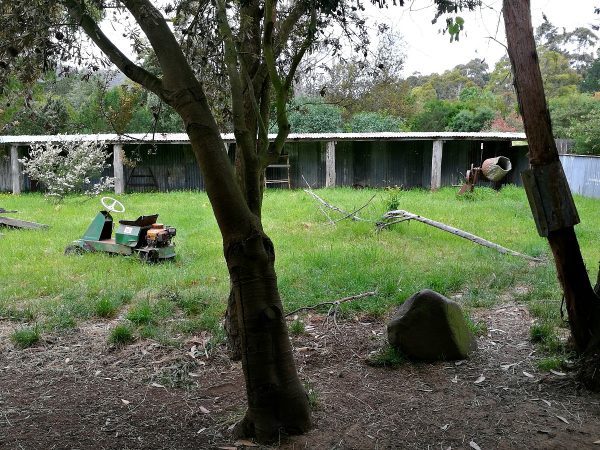
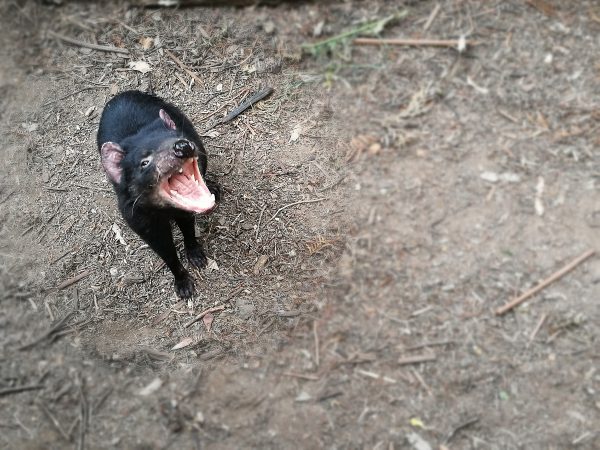
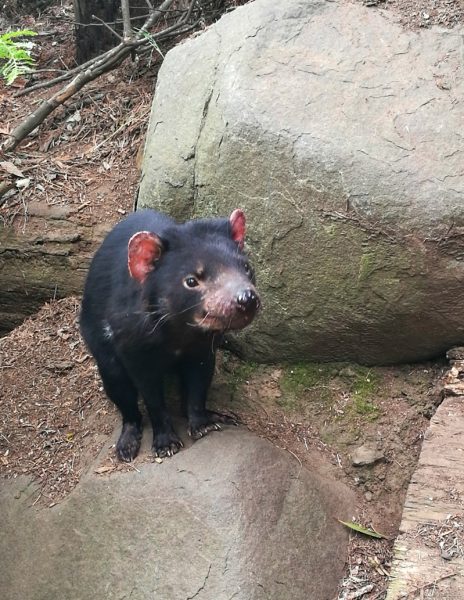
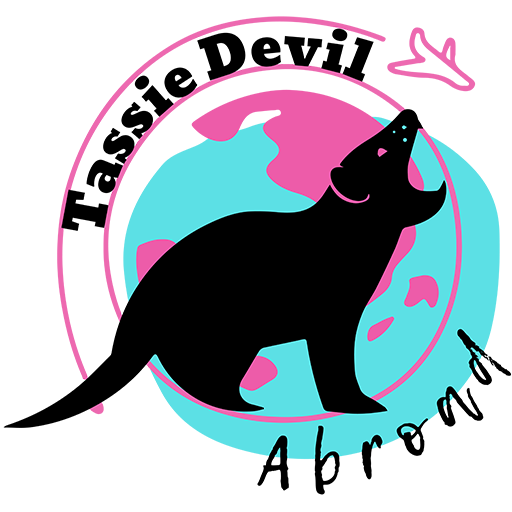
Amazing! I just love the concept of an ‘unzoo’! Despite growing up on the mainland, I’ve only been to Tassie once for a long weekend…. looks like I need to head back again for another visit!
So many people don’t realise how amazing Tassie is, you definitely should go back!